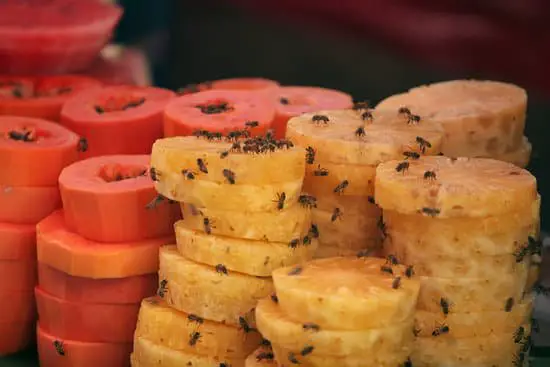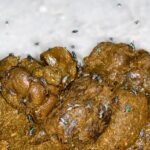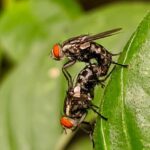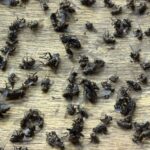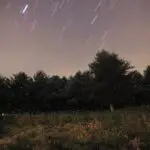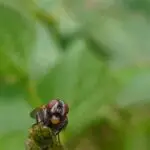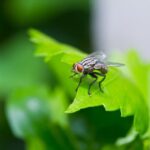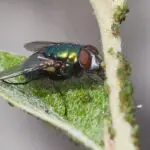Tsetse Flies
Tsetse flies are found in sub-Saharan Africa, where they can live in a variety of habitats. The flies prefer wooded areas where they can hide in underbrush and feed on blood. They are particularly active during the day, so they are likely to be found in rural areas. They are a serious problem in developing countries due to their potential to transmit disease.
Tsetse flies are very small and have an unusual life cycle. Female tsetse flies lay their eggs within a female’s uterus. The eggs develop in the female’s uterus and the larva feeds on milk secreted by her uterine gland. The larva develops three distinct stages of development in just nine days and burrows into the soil. It then metamorphoses into an adult fly.
Tsetse flies are present throughout the Zambezi Valley. Their density varies greatly from site to site, peaking near the escarpment. This is likely related to local micro and macro-climatic patterns as well as the availability of game hosts. Furthermore, differences in vegetation cover may be related to the hydrological network pattern and watering points.
Tsetse flies are members of the genus Glossina, which previously belonged to the family Muscidae. However, it has now been recognized as a distinct genus, Glossinidae. This genus is grouped with three other families, Hippoboscidae, Streblidae, and Nycteribiidae. The morphology and DNA sequence data support this classification.
